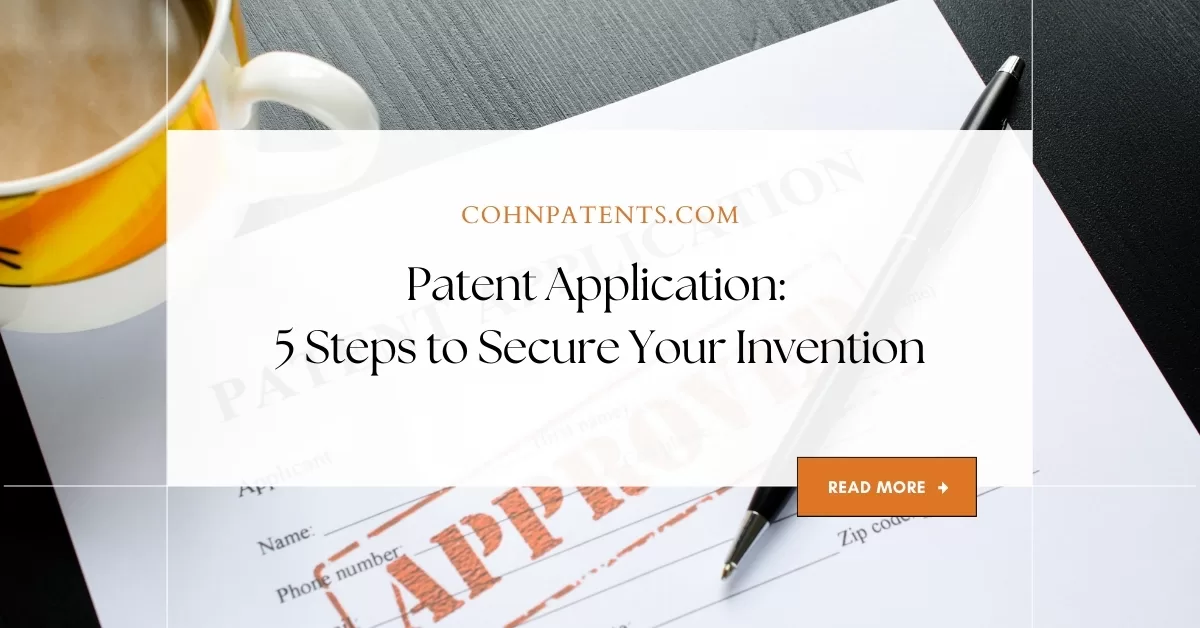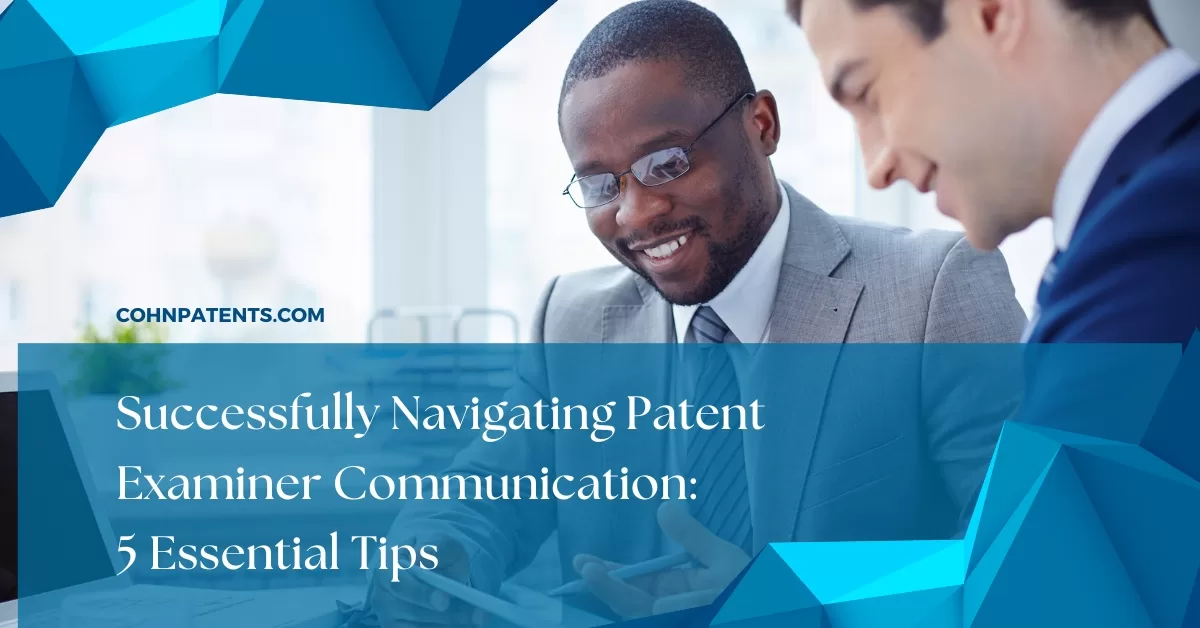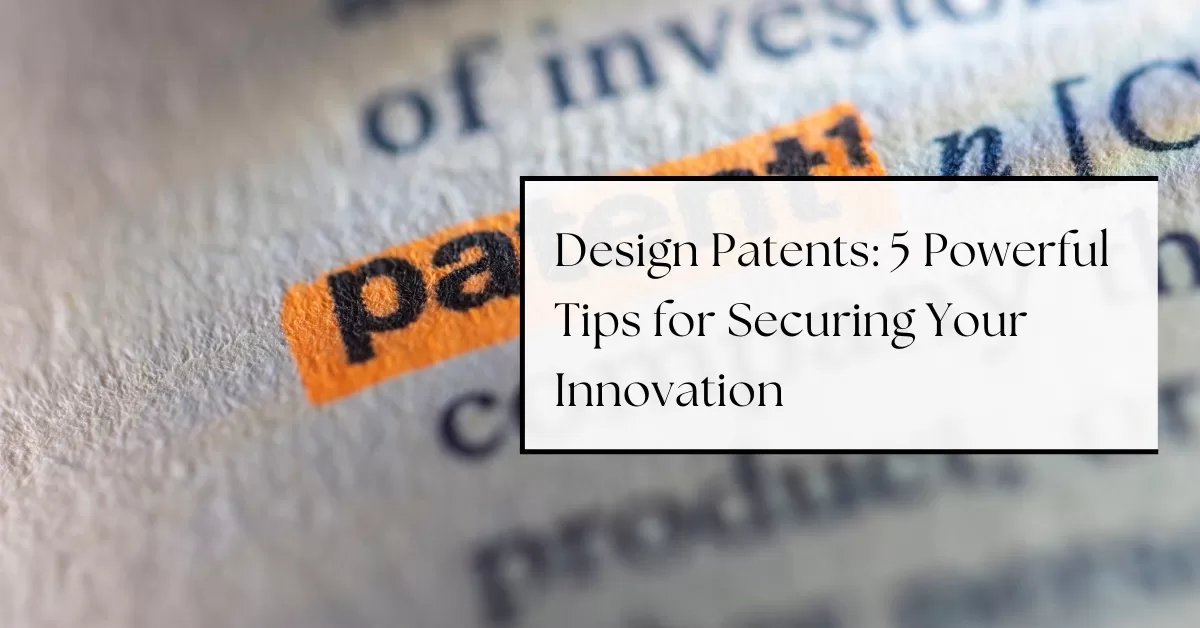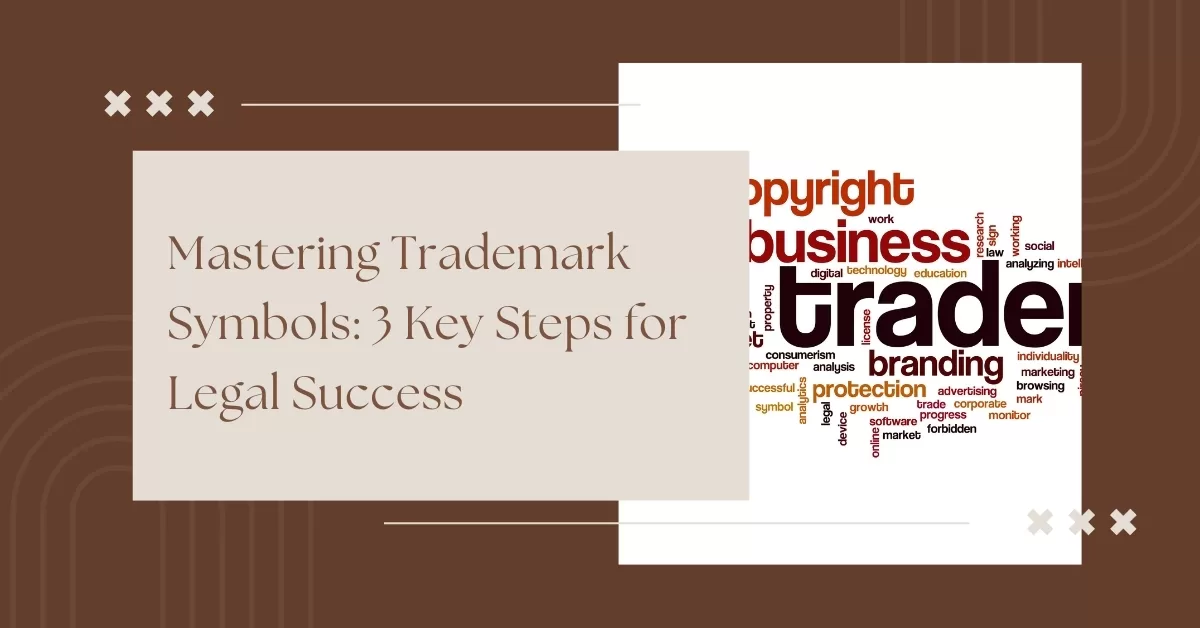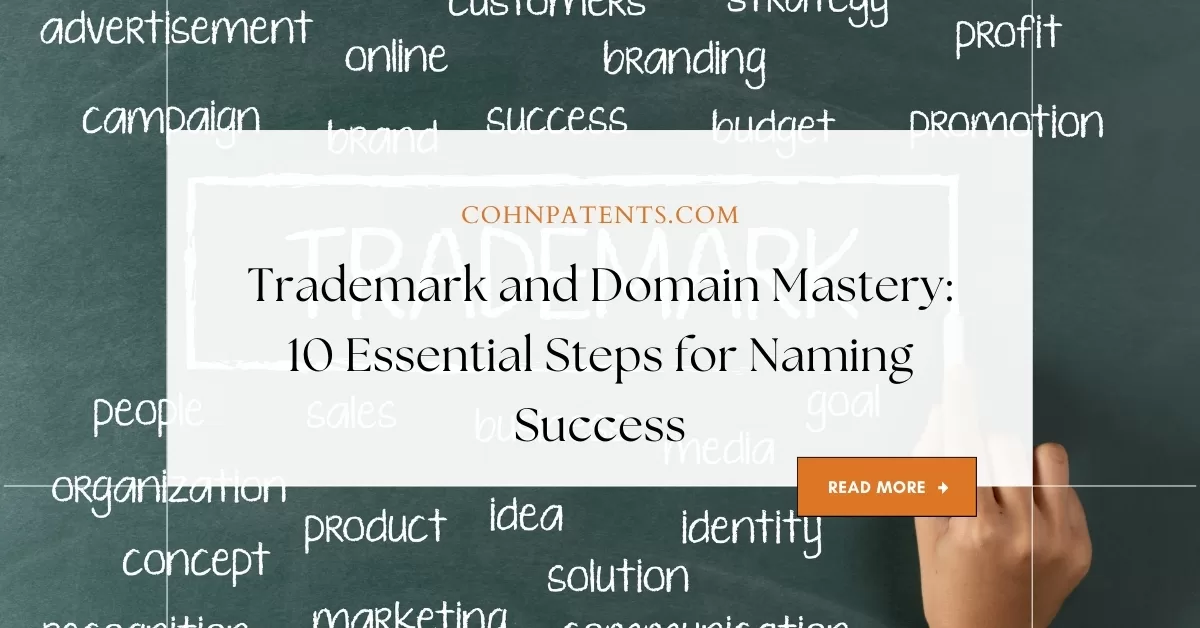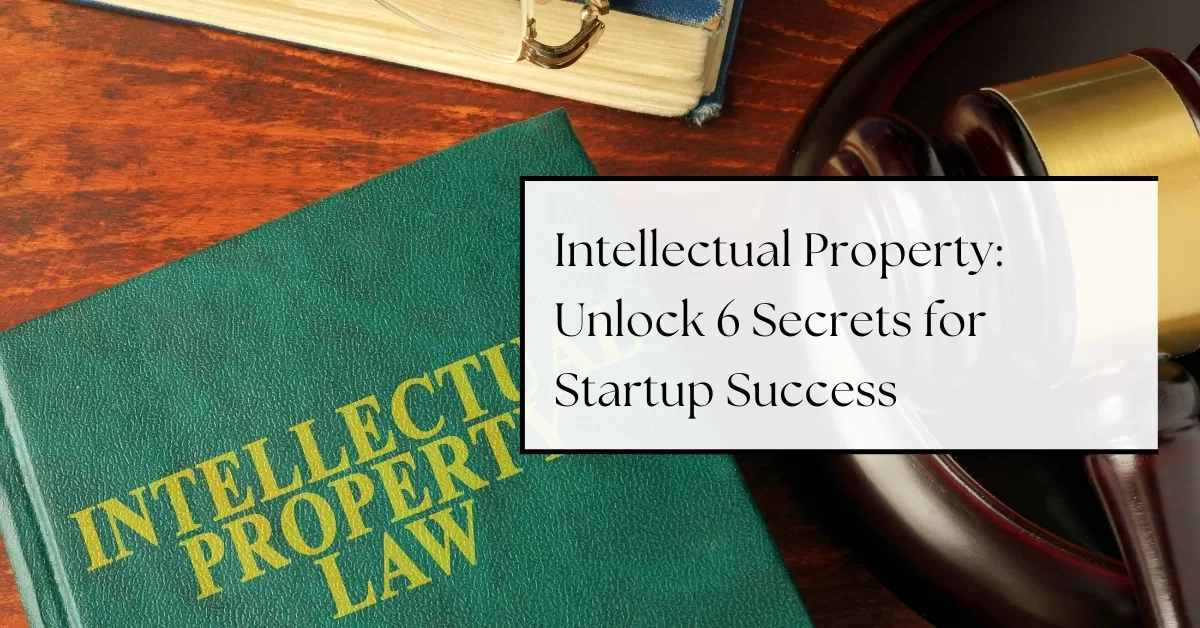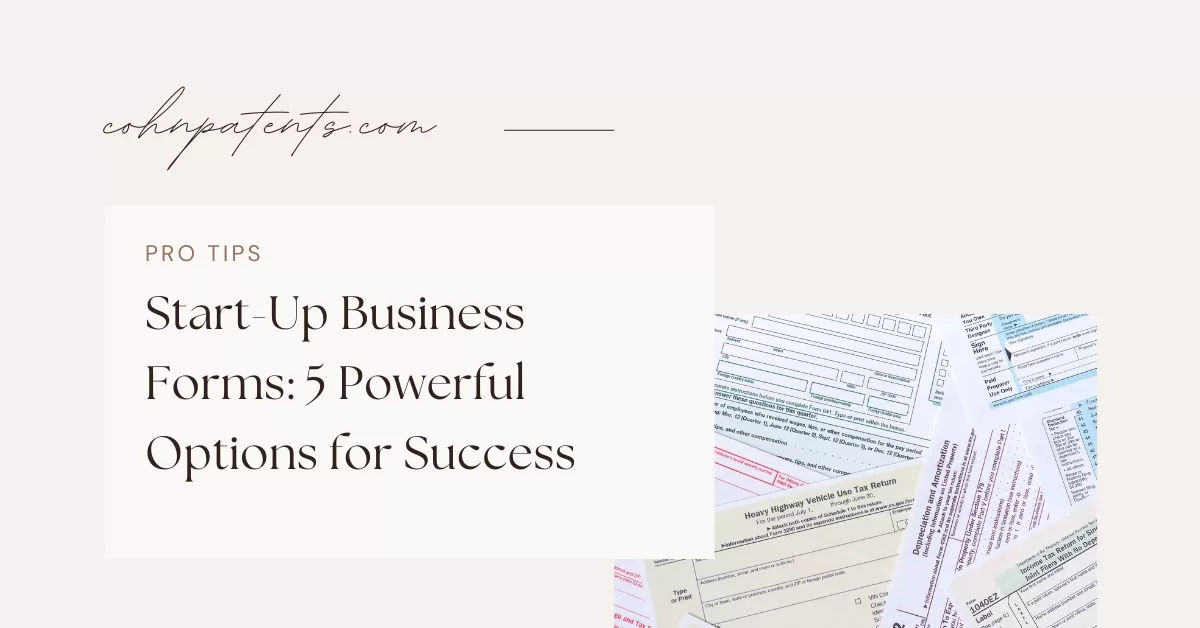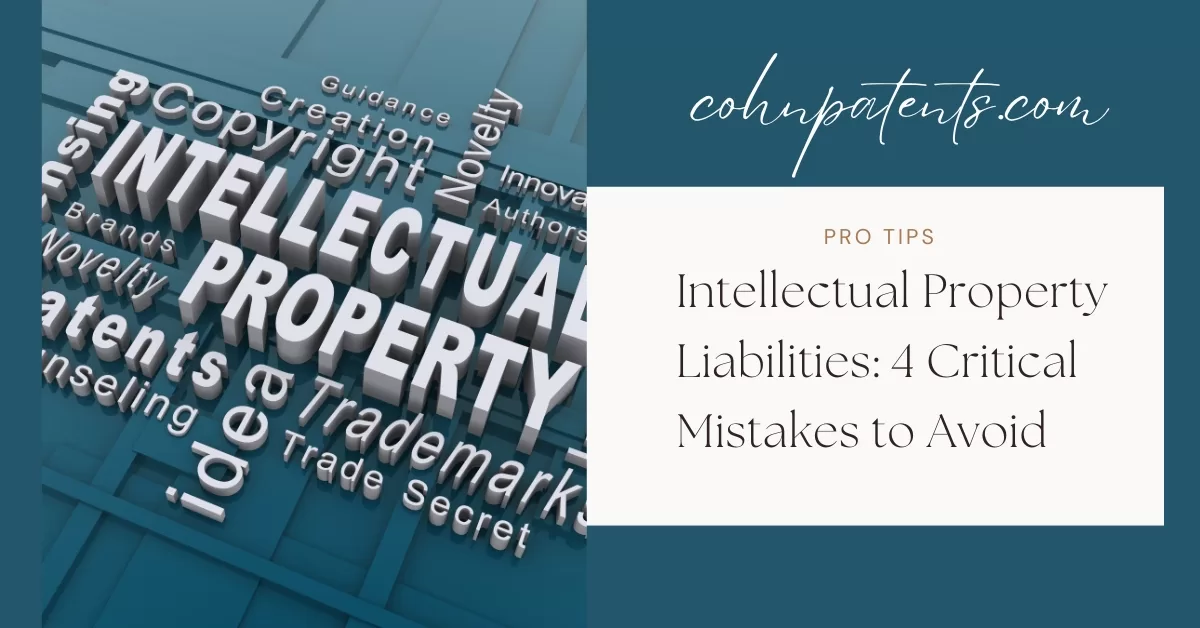Patent Application: 5 Steps to Secure Your Invention
When preparing to file your patent application, more important than your patent search or the type of patent you’re filing for, are your claims. The claims are the crux of your invention and the deciding factor of whether or not you’ll be awarded a patent or be forced to go back to the drawing board. Curious to know what a claim is and why it’s so important? Read on.
What are Claims in a Patent Application?
Claims are the most important part of your Utility Patent. The claims section of your application is where you define the scope...Successfully Navigating Patent Examiner Communication: 5 Essential Tips
The relationship you have with a patent examiner is important. Should your patent application get rejected or should you be sent an office action, you will then be in direct communication with a patent examiner. Worried about how to respond to your office action? Don’t know how to communicate with your patent examiner? Read on to find out how.
What is a Patent Examiner?
A patent examiner is a federal employee who works at a patent office. A patent examiner is usually highly educated and has a background in engineering or science. There are patent offices all over the world. The...Design Patents: 5 Powerful Tips for Securing Your Innovation
You’re inventive. You designed a product that you think will shake up the market. You have competitors, but your design is unique. You have a competitor’s edge. But how do you protect it? A design patent can help. Read on to find out how you can get 14 or 15 years of patent protection.
What is a Design Patent?
Keep in mind that a design patent can only protect the ornamental design of your product. A design patent cannot protect how it functions. A design patent is most often applied when a competitor’s product has a similar function but a different design....Mastering Trademark Symbols: 3 Key Steps for Legal Success
The three commonly used Trademark symbols: TM, SM, and the letter R in a circle — ®. The TM and SM symbols are used with unregistered marks: TM for trademarks, or marks that represent goods, and SM for service marks, or marks that represent services. The federal registration symbol, or ®, is reserved for marks registered in the U.S. Patent and Trademark Office. There is no obligation to use the TM or SM symbols and their use has no legal significance. However, it is generally a good idea to use these symbols. When one uses the TM or...
Trademark and Domain Mastery: 10 Essential Steps for Naming Success
When picking a company name, it’s vital to initially conduct research to avoid trademark infringement or domain name conflicts. You may be infringing someone’s trademark if the use of your mark is likely to cause confusion among customers as to the source of the goods or services. The following are potential steps to avoid naming issues:
Researching Trademarks and Domains: A Step-by-Step Guide
Conduct a Google search on the name to find what other companies may be using the name. Conduct a search at the U.S. Patent and Trademark Office site (www.uspto.gov) for federal trademark registrations on the...Intellectual Property: Unlock 6 Secrets for Startup Success
When growing a unique product, technology, or service, one must consider the appropriate steps to protect the intellectual property that has been have developed. The company’s founders have a stake in ensuring that the company protects its intellectual property and avoids infringing the intellectual property rights of third parties. The following are some of the common protective measures undertaken by business start-ups:

